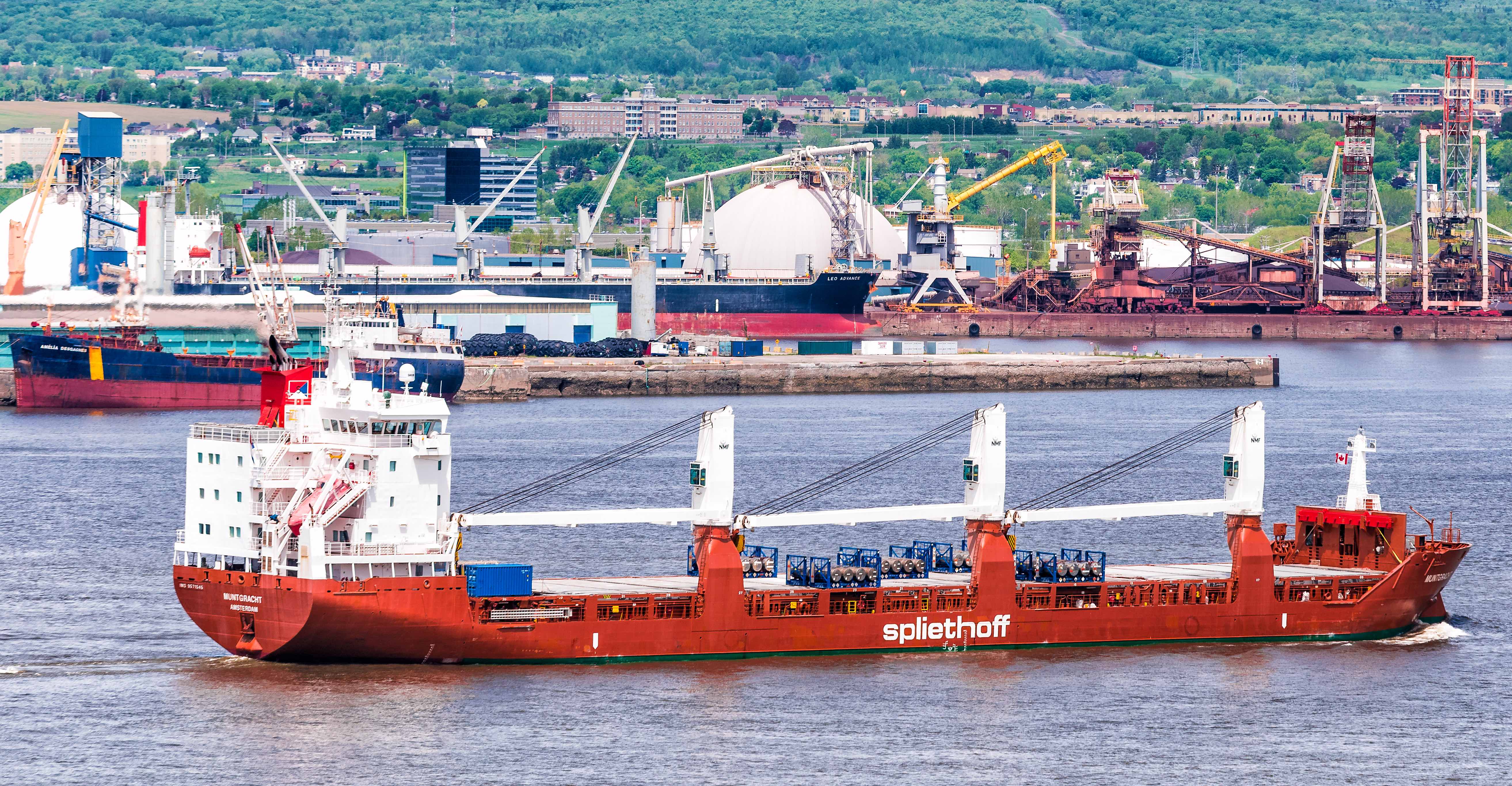International Maritime Organization (IMO)
The scope of IMO’s environmental initiatives has expanded widely over the last 65 years. The Marine Environment Protection Committee (MEPC) addresses issues such as the control and prevention of ship-source pollution covered by The International Convention for the Prevention of Pollution from Ships, 1973 (MARPOL) treaty, including oil, chemicals carried in bulk, sewage, garbage and emissions from ships, including air pollutants and greenhouse gas emissions. Other matters covered include ballast water management, anti-fouling systems, ship recycling, pollution preparedness and response, and identification of special areas and particularly sensitive sea areas.
Beginning January 1, 2020, the IMO’s new regulations limit the sulphur content in marine fuels used by ocean-going vessels to 0.5% by volume, a reduction from the previous limit of 3.5%. The pace at which the global shipping sector is improving its environmental impact and efforts to decrease greenhouse gas (GHG) emissions significantly are amongst the most hotly debated issues for both industry stakeholders and environmental advocacy groups.
Changing environmental regulations leave shipowners wrestling with the need to obtain a clear line of sight in which to make investment decisions, operate the fleets and mitigate the cost of the regulatory compliance to remain competitive. For examples, the availability and cost implications complying with low sulphur fuel is a significant shipping industry preoccupation in 2019.
Canadian Priorities
While the international shipping industry’s immediate environmental focus in 2019 are clear, the thrust of the environmental efforts impacting the shipping sector at a federal level in Canada is very diffuse. For example, the Canadian Marine Advisory Council Spring 2019 agenda indicates that the topics of Heavy Fuel Oil IMO GHG, ballast water, reducing the impacts of marine traffic of endangered whale populations and regulations for the protection of wreck of heritage value are all in the environmental agenda. Also, considerable emphasis is being placed on Canada’s Oceans Protection Plan and amendment to Canada’s Shipping Act, 2001 to:
- Strengthen marine environmental protection,
- Enhanced pollution response.
- Modernize the Ship-Source Oil Pollution Fund.
Within British Columbia’s ports, several operational issues with environmental considerations were also vying for attention. A prime example is the location where bunkering operations within the Port of Vancouver are permitted. Currently, a large container ship calling at Deltaport would need to deviate and go to Vancouver harbour to take on bunkers. It not only results in more large vessel traffic in Vancouver harbour but also increased air emissions and costs to the shipowner and cargo owners. With new marine fuel types becoming more common, proactively considering the direction of port growth along with the requirements to adequately serve customers with traditional bunkers and alternative fuels is needed.
The topic of vessel speed as it relates to underwater noise and marine mammal protection, especially the Southern Resident Killer Whale, is an ongoing issue for shipowners and agents with vessels transiting the Salish Sea.
Conclusion
The cumulative impacts of shipping on the environment are of vital importance to everyone. Since Canada’s ports and gateways face intense global competition a deeper understanding of the full effect of the current regulatory approach on Canada’s trade competitiveness is also required.
The importance of maritime environmental regulatory issues is not going away. Political participants of all persuasions and levels should be encouraged to make a genuine commitment to engage in evidence-based decisions and to work collaboratively work with Canada’s maritime transport sector to envision an environmental regulatory approach that advances both the public interest and our country’s need for robust maritime trade. With an aging workforce, now is the time to draw on the deep expertise and experience of Canada’s maritime leaders to help chart the course ahead.
The complete Shipping’s Environmental Regulatory Outlook article by Darryl Anderson appears in the June 2019 issue of BC Shipping News.

